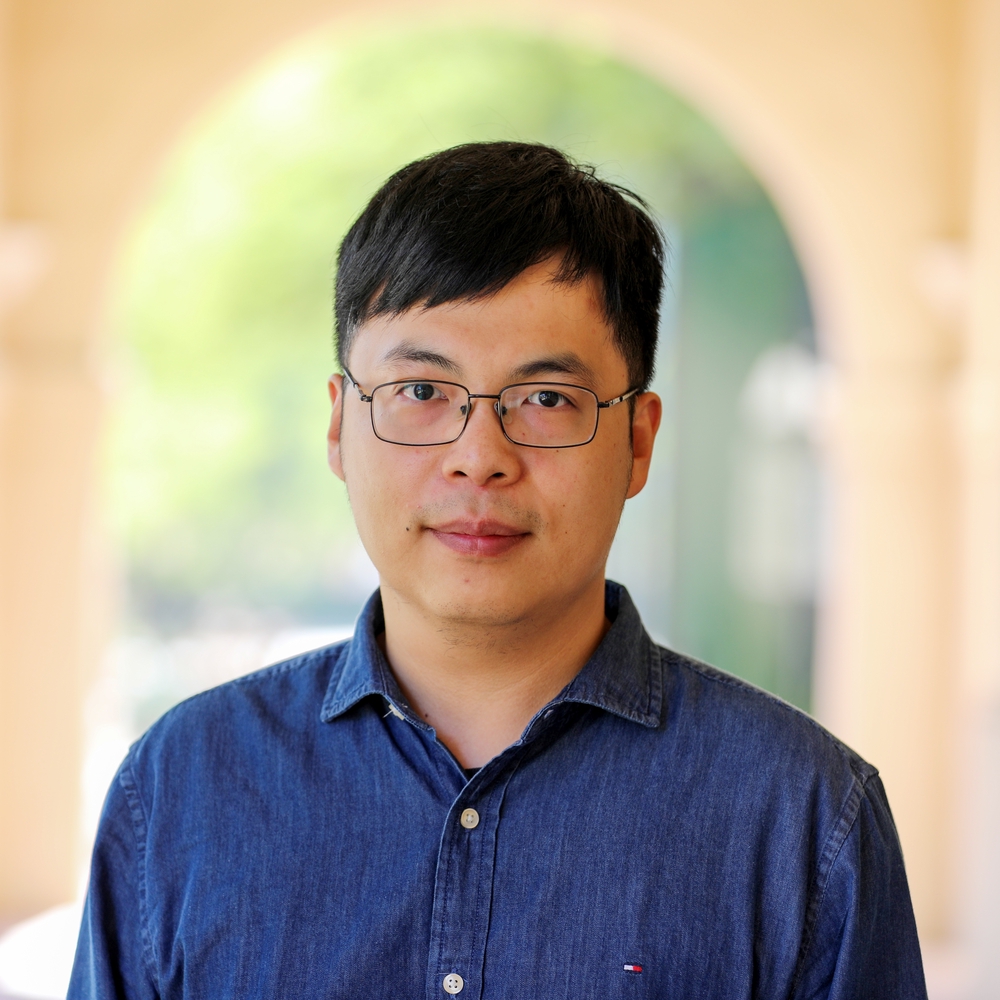Abstract
Purpose of Review: Photoacoustic imaging (PAI) has emerged as a promising non-ionizing modality that leverages optical absorption contrast to provide both anatomical and functional insights into vascular health. This review examines recent advances in PAI technologies applied to the diagnosis, assessment, and management of peripheral arterial disease (PAD). The goal is to evaluate how emerging PAI techniques address current diagnostic limitations and to identify opportunities for clinical integration. Recent Findings: Recent studies have demonstrated the potential of PAI to capture high-resolution, dynamic images of peripheral vasculature, quantify oxygen saturation and regional blood volume, and assess microvascular health. Technological innovations, including single-shot volumetric imaging, all-optical scanners, and multimodal systems, have expanded PAI’s clinical utility. Summary: Emerging PAI systems show promise for complementing traditional imaging by providing functional insights into microvascular health. Continued technological development and validation through large-scale studies are essential for establishing PAI’s clinical role in PAD diagnosis and management.
Publication
Current Treatment Options in Cardiovascular Medicine, vol. 27, no. 56, pp. 1-10

Assistant Professor of ECEE and BME
I am an Assistant Professor of Electrical, Computer & Energy Engineering (ECEE) and Biomedical Engineering (BME) at the University of Colorado Boulder (CU Boulder). My long-term research goal is to pioneer optical imaging technologies that surpass current limits in speed, accuracy, and accessibility, advancing translational research. With a foundation in electrical engineering, particularly in biomedical imaging and optics, my PhD work at the University of Notre Dame focused on advancing multiphoton fluorescence lifetime imaging microscopy and super-resolution microscopy, significantly reducing image generation time and cost. I developed an analog signal processing method that enables real-time streaming of fluorescence intensity and lifetime data, and created the first Poisson-Gaussian denoising dataset to benchmark image denoising algorithms for high-quality, real-time applications in biomedical research. As a postdoc at the California Institute of Technology (Caltech), my research expanded to include pioneering photoacoustic imaging techniques, enabling noninvasive and rapid imaging of hemodynamics in humans. In the realm of quantum imaging, I developed innovative techniques utilizing spatial and polarization entangled photon pairs, overcoming challenges such as poor signal-to-noise ratios and low resolvable pixel counts. Additionally, I advanced ultrafast imaging methods for visualizing passive current flows in myelinated axons and electromagnetic pulses in dielectrics. My research is currently funded by the National Institutes of Health (NIH) K99/R00 Pathway to Independence Award.